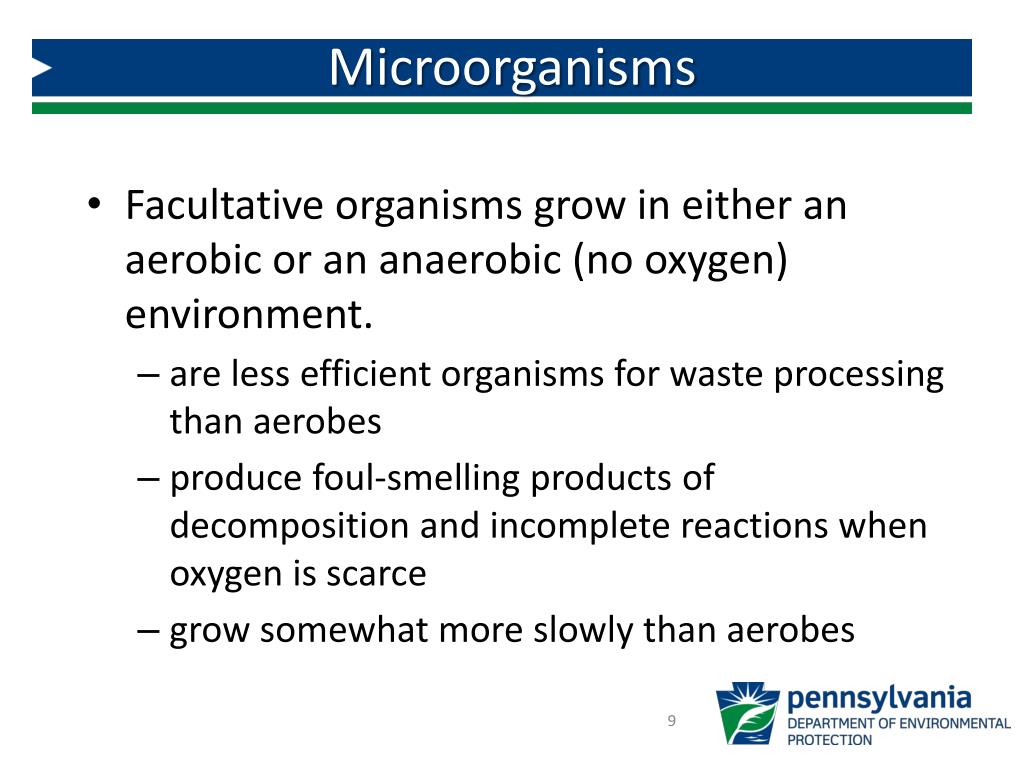

Sludge flows into the thickening tank, and eventually, it removes excess water from the solids collecting at the bottom. Thickening tanks have slow-moving vertical paddles. The limitation of this form of clarification water treatment is that it works mostly for the excess watery sludge derived from an activated-sludge process. Gravity thickening involves using specially designed circular tanks that concentrate thin sludges to a more-dense sludge product. Each depends on the downstream process, the size of the wastewater plant, and the physical limitations associated with it. There are various processes used in sludge thickening. There’s more to this process of course, and this article highlights how sludge thickening works and its general impact, as well as effective groundwater treatment solutions. This step minimizes the load on the downstream processes, such as sludge dewatering and digestion.

Sludge thickening is important because it is the process used in wastewater treatment centers to increase the solids concentration and decrease the free water. Generally, it contains biosolids removed from liquid sewage. What is the Sludge Thickening Process in Water Treatment? Written by AOS Treatment Solutions on MaWhat is sludge from water treatment?


 0 kommentar(er)
0 kommentar(er)
